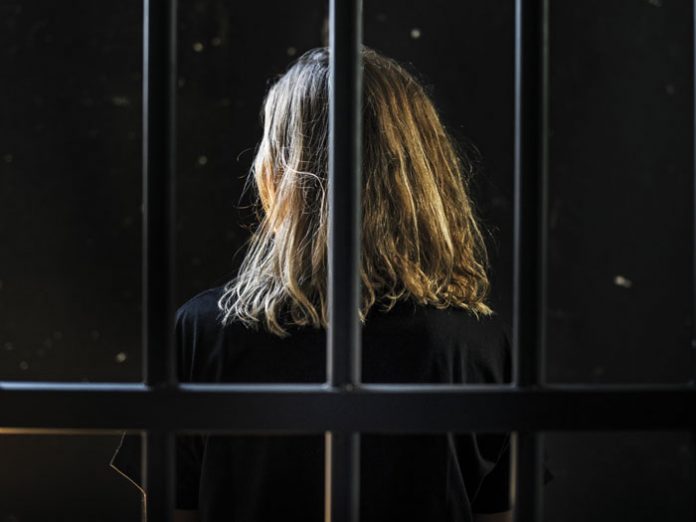“We’re going into the waiting room now. Leave your phone in the car,” I was instructed. “In fact, leave everything in the car but your ID, and some money, if you want to give it to the inmate you’re going to see.”
My hands were trembling as I called home to let my family know I was entering the Bedford Hills Correctional Facility, the largest women’s prison in New York State, with over 900 inmates, and the only maximum-security women’s prison. I would be unreachable for the next few hours.
There was a reason for my fear. My previous visit to a jail had ended badly. I had gone to the Rockland County Corrections Division in New City, New York, back in 2011 to see an inmate and write her story. Somehow the sheriff learned I was a journalist. He barged in on our visit, pointed a gun in my face and forcibly removed me from the premises. He warned me never to show my face at the jail again.
It took me a while to recover from that ordeal, which is why I resolved to be extra-cautious this time, albeit at a different prison. I would walk meekly, follow orders, refrain from asking unnecessary questions, and not give them a reason to harass me.
It was a chilly, cheerless Wednesday in late February, around noontime, when we left the car and headed to the visitors’ waiting room outside the barbed-wire compound. There were three other women with me, all regular visitors to the four religious Jewish inmates at the facility, which is near Kashau in Westchester County. These women of valor have been driving here once a week for years, bringing warmth, love, and human interaction, and brightening the monotony of the prisoners’ days.
Devorah, who’s been visiting the prison for over a decade, explains: “It’s not our responsibility to pass judgment or to decide if these women deserve to be where they are. By coming to see them and showing them they are not alone, we are fulfilling the mitzvah of pidyon shevuyim and bringing a bit of purpose to their lives.”
She’s the senior member of our group, and she advises me to visit Sharona, the most talkative of the inmates. She cautions me not to google her name or try to figure out why she’s incarcerated, which could cast a shadow over our visit. “Sharona is very intelligent and highly educated,” she says. “You’ll enjoy talking to her.”
All conversation ceases as we enter the drab, trailer-like structure that connects the compound to the outside world; it is surrounded by 30-foot-high gates topped with barbed wire. The trailer is furnished simply, like a doctor’s waiting room, with a restroom, some chairs and two small tables, along with a bookcase of children’s books, including Goodnight Moon and One Fish, Two Fish. There is also a huge sign that warns visitors not to use cellphones. As if we would dare.
We head to a corner desk and fill out a form with the name of the inmate we’re visiting. Devorah explains that it’s against the rules to visit more than one inmate, or even to speak to an inmate other than the one you’re visiting. “If you break their rules, they throw you out and don’t give you another chance,” she warns me. I resolve to follow her lead and keep a low profile.
Brenda, one of the women in our group, suddenly realizes she’s left her ID in the car and goes back with Rachel to look for it. Without her government-issued photo ID, she has no hope of getting past the first checkpoint and will be forced to wait in the car.
We sit and wait. And wait. And wait some more. After a couple of minutes I begin to get fidgety, wondering if anyone knows we are here. They know, Devorah assures me. They’re in the adjoining room and will come get us when they’re ready. The front door opens and Brenda and Rachel join us, having found the ID in the nick of time.
A moment later the inner door opens, and the senior corrections officer, a huge, dark-haired woman with attitude, gestures for the first visitor to enter. Devorah and I had signed first, but Brenda gestures to us that she wants to go before us as it usually takes a while for Janna, the inmate she is visiting, to show up—and she wants to save time. Sure, no problem, we reply, and Brenda walks in. Half a minute later the door swings open again, and the officer is back, glowering.





















